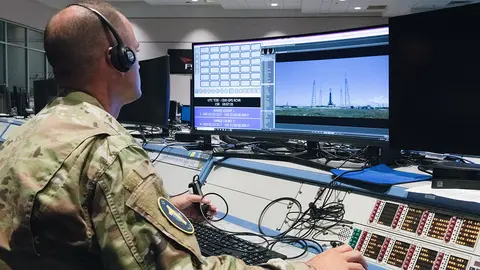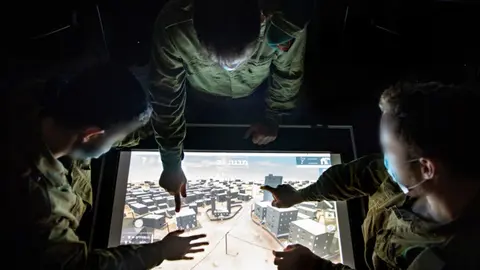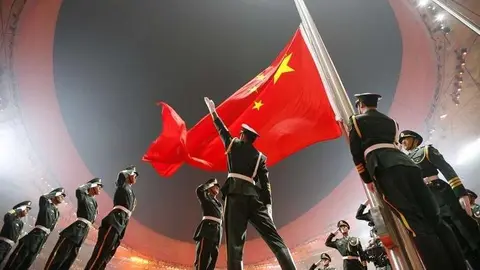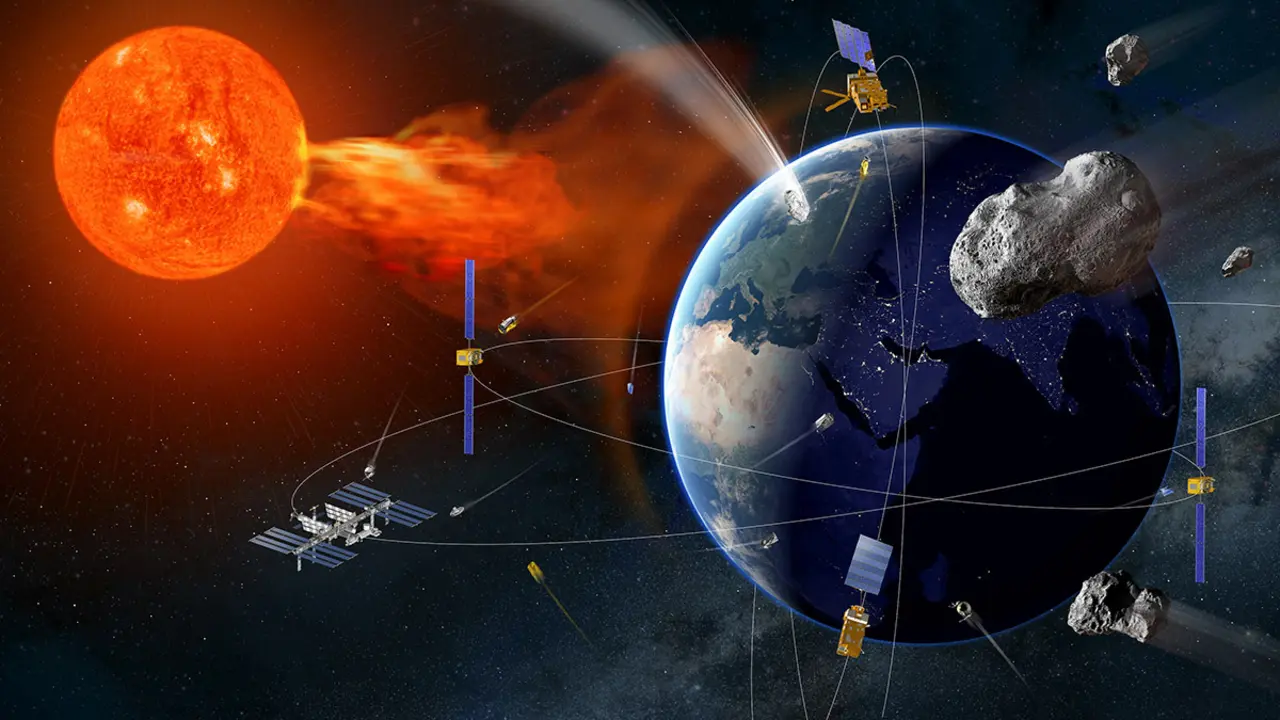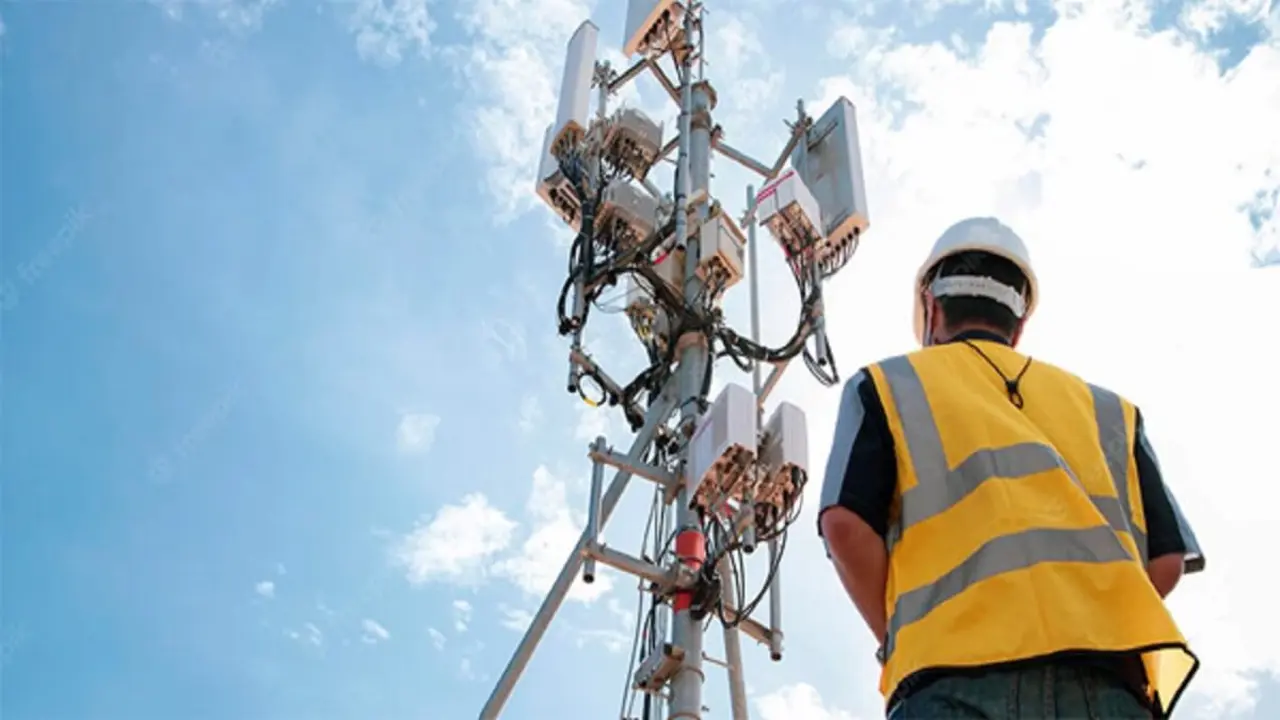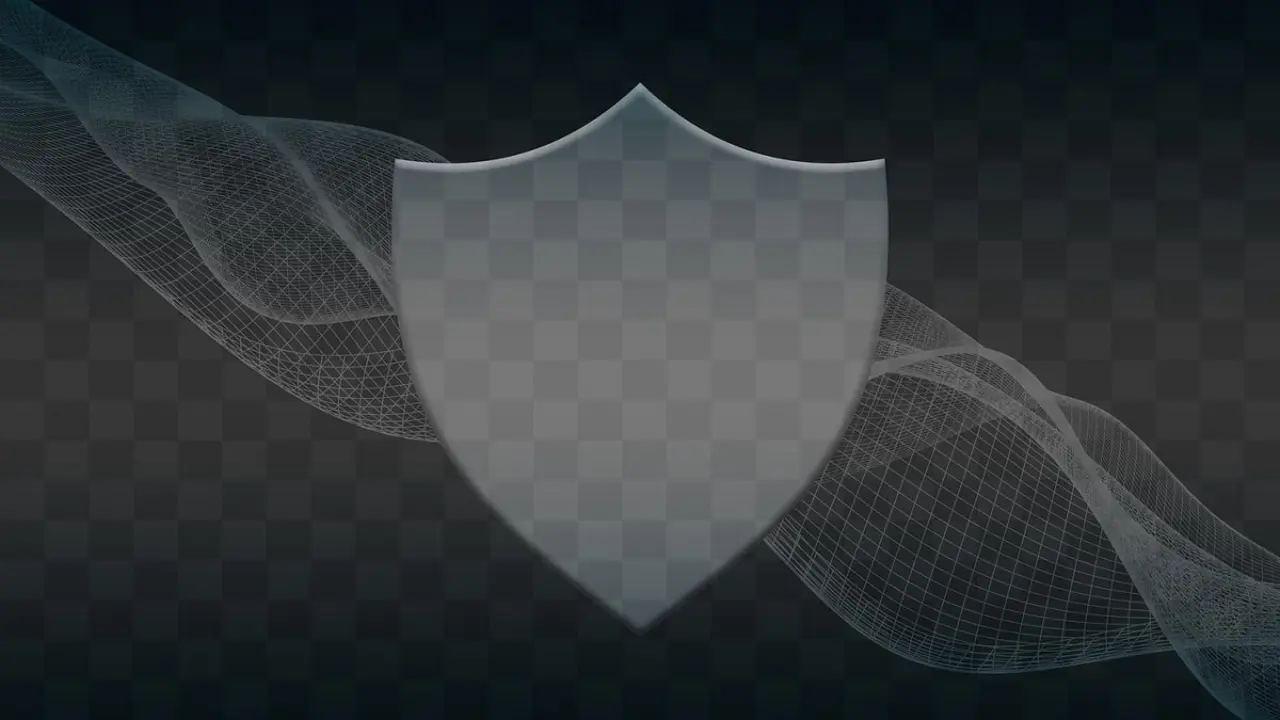US hastily deploys a new generation of spy satellites into orbit
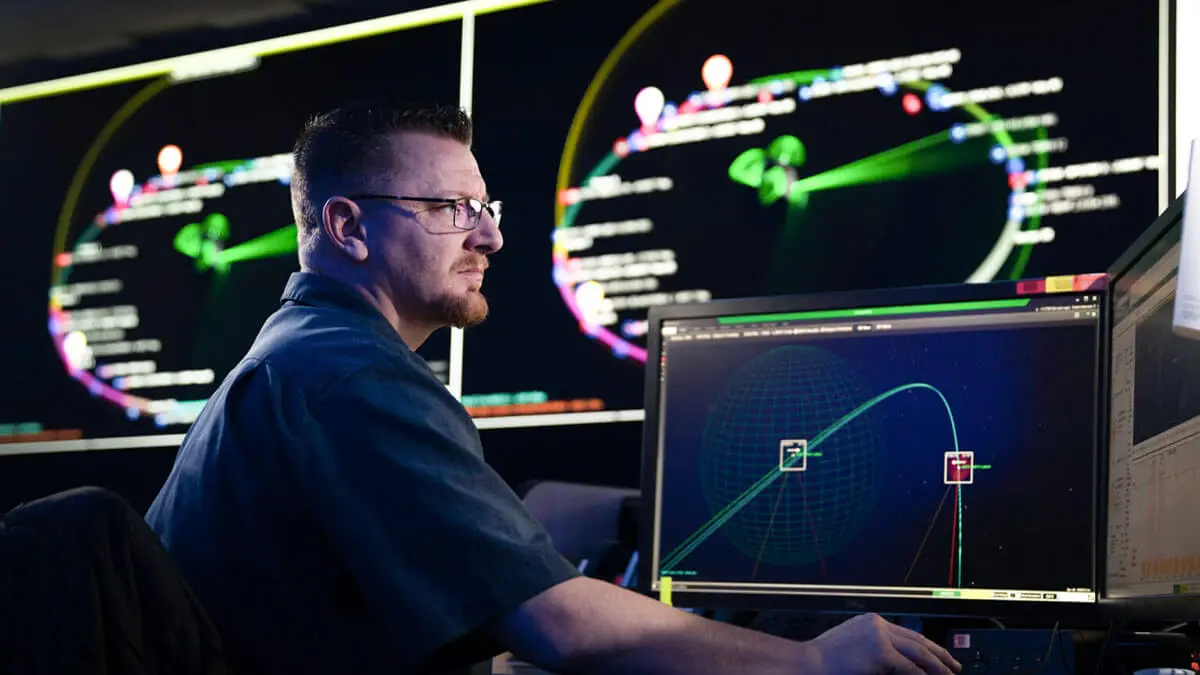
The outgoing Biden administration, with the backing of the defence department led by General Lloyd J. Austin III, 71, and the wider US intelligence community so far coordinated by lawyer Avril Haines, 55, is intent on bequeathing a vast new network of small but advanced spy satellites to the new White House tenant, Donald Trump.
For what may happen with Russia, China, North Korea and Iran in the near future, over the course of just five months, between May and October, Elon Musk's Falcon 9 launchers - the man chosen by Trump to head the new Department of Government Efficiency - have sent four missions of a new generation of reconnaissance satellites into space. They are owned by the little-known and very discreet National Reconnaissance Office, NRO for short.
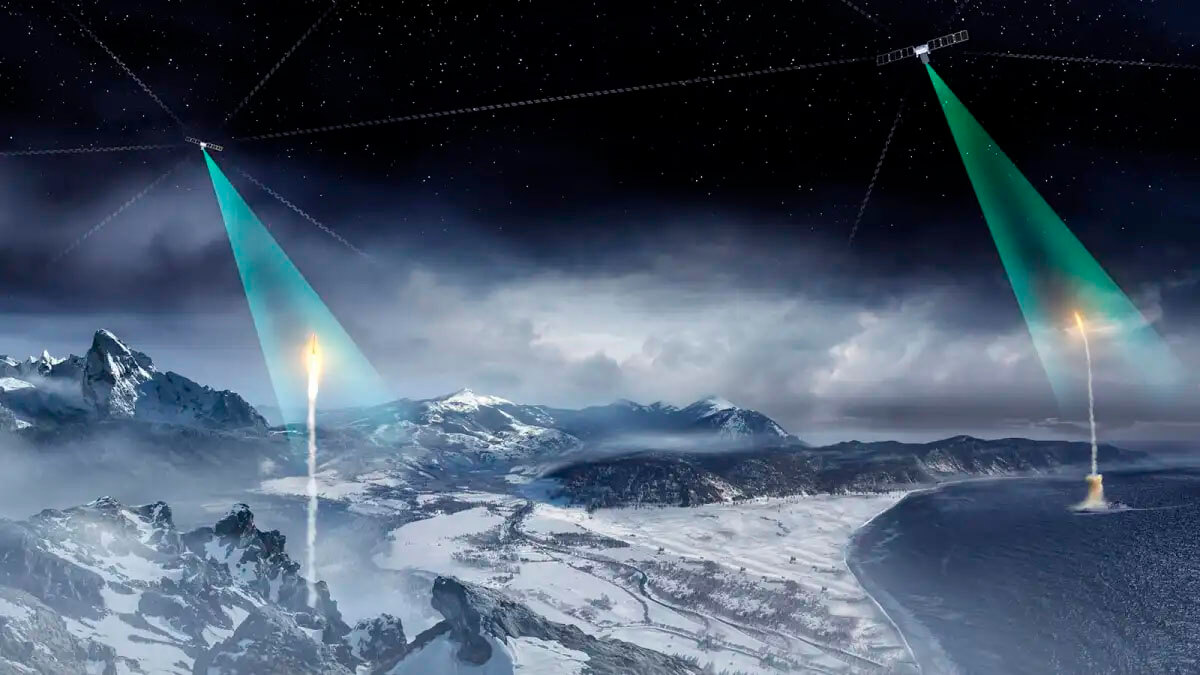
The NRO is far from a mere office. In reality, it is a large, specialised agency of the US government, whose responsibility is to design, build, launch and keep US reconnaissance and surveillance assets operational in orbit. Its ultimate purpose is to provide the 18 US military and civilian intelligence organisations with the imagery, electronic signals and digital data to protect national security and maintain Washington's global leadership.
The NRO's most ambitious project was made public in 2023 by its director, Christopher Scolese, a computer engineer and former top NASA official until August 2019, when he was the person chosen by Trump to take the reins of the unique Office. Scolese and his team aim to quadruple the number of NRO satellites in space and increase the volume of imagery and data they provide to sister agencies tenfold in just a decade.
The cornerstone of the initiative is called the proliferating constellation, a new architecture of small platforms positioned in low earth orbits - between 160 and 2,000 kilometres high - to locate, identify and track targets on the earth's surface in near-real time. Scolese has described it as a ‘swarm of satellites, providing images of the Earth with speed and reasonably high resolution’.
To increase resilience
Billed as the US government's largest satellite network, the fourth batch of mini-satellites of the six planned for 2024 flew into space on 24 October. They departed on the NROL-167 mission from Vandenberg Space Base on the California coast and, although shrouded in secrecy, there is speculation that a further 20 or so of the secretive devices have been positioned in orbit,
The three previous flights took off on 6 September - mission NROL-167 -, 29 June - mission NROL-186 - and 22 May - mission NROL-146 - all also from Vandenberg and with between 17 and 21 satellites onboard each Falcon 9. If true, around 80 satellites are already deployed, which will total around 120 by 2025, if two more missions are planned for the remainder of the year.
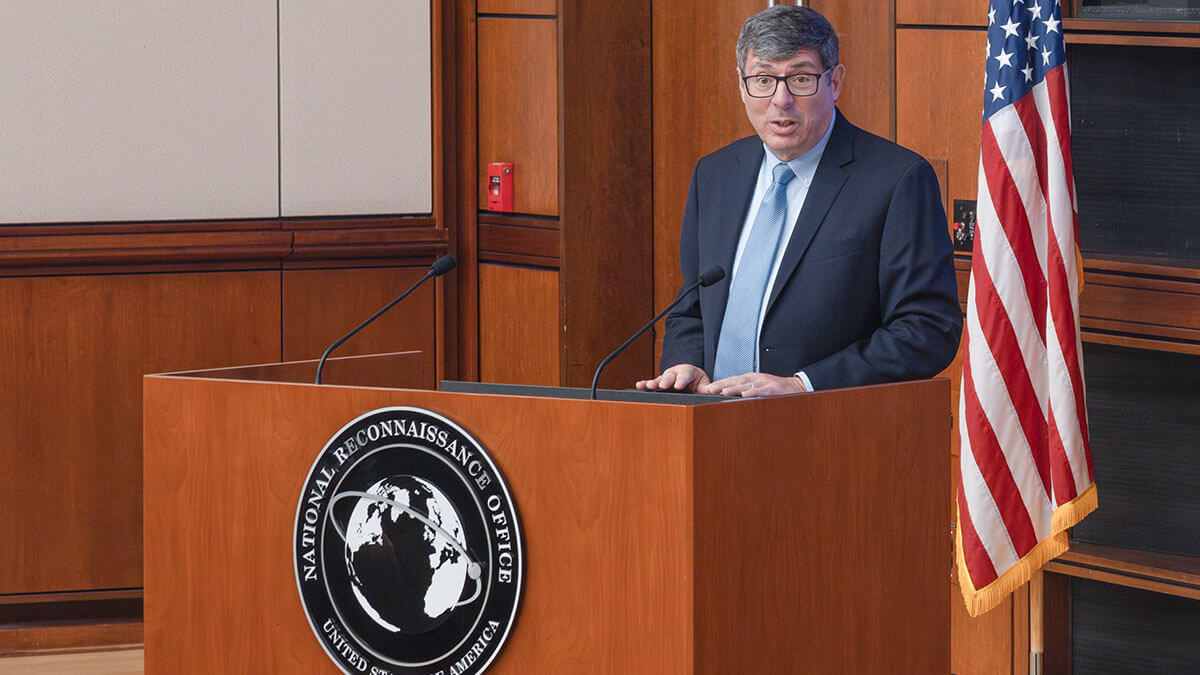
NRO Deputy Director Troy Meink, speaking at the Space Symposium in Colorado Springs in April, gave some key points about the new constellation, such as that it will ‘increase observation capabilities and improve our resilience, so that any attack on our satellites will cause less overall damage’.
Another achievement is that, with so many spacecraft in orbit, ‘the time to re-observe the same point of interest decreases’. This is called a revisit, which makes it possible to compare the temporal evolution of foreign tactical and strategic facilities. Such revisits provide electro-optical, radar and thermal infrared imagery, as well as electronic data of great importance to the National Security Agency (NSA), the National Geospatial-Intelligence Agency (NGA), the Defense Intelligence Agency (DIA) and the Department of Defense.
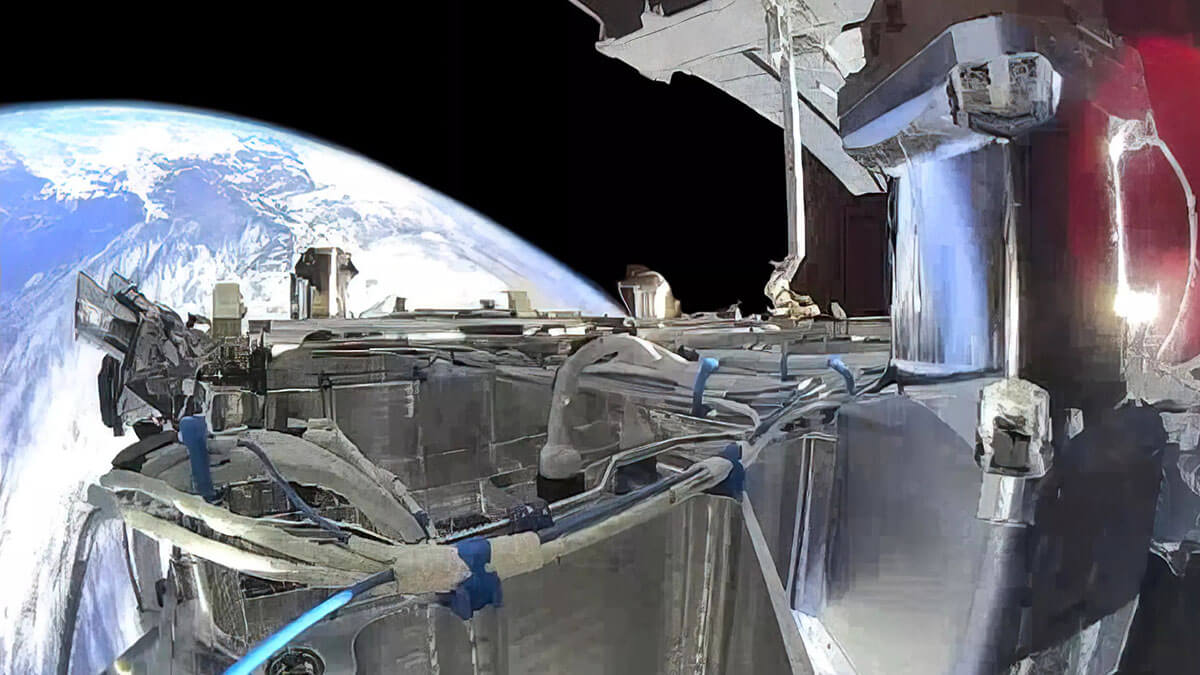
Under Christopher Scolese's leadership and with the proliferating constellation, the NRO has changed its approach. It has shifted from developing and manufacturing a few, large and expensive satellites per year to a focus on producing hundreds of small satellites and positioning them in low earth orbit to collect vast amounts of data for a greater flow and quality of intelligence. The NRO has also expanded purchases from commercial remote sensing companies, such as BlackSky, Maxar and Planet, allowing it to share them with its allies without security restrictions.
From dozens of spy satellites to hundreds
As a result, the NRO has diversified its sources and methods of observation, challenging the efforts of those nations that go to great lengths to conceal their most threatening attack and defence projects. The new constellation of spy satellites aims to delve deeper into the nuclear and strategic secrets of China, Russia, North Korea and Iran, while making it very difficult for the four countries mentioned above to blind, neutralise or destroy US space espionage capabilities.
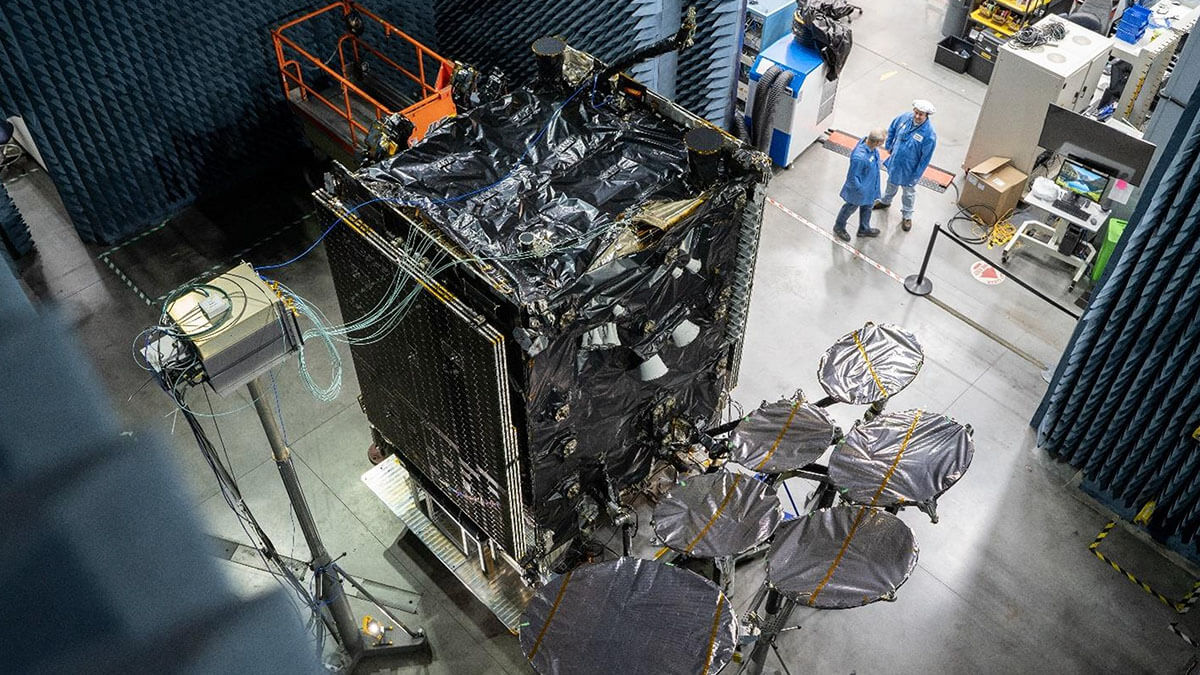
With the sheer volume of data that US intelligence analysts are already beginning to receive, the margins for inaccuracy are further limited and the information that is extracted becomes more reliable in helping senior civilian and military decision-makers make important decisions. In this way, ‘our adversaries can't hide, because we are constantly watching and analysing what we see and hear,’ Scolese stresses.
By all indications, the NRO is taking advantage of the huge Starlink satellite production line of SpaceX - Elon Musk's burgeoning space company - to produce the small satellites, weighing just under a tonne at liftoff, which would be derived from Starshield, the military version of Starlink. The miniaturised technology on board, both listening and observation, is apparently being provided by the Northrop-Grumman technology corporation, but its capabilities are top secret, especially the work on making future quantum remote sensing feasible.
A further advantage of the proliferating constellation is that it allows the NRO to be more agile in responding to the emergence of new threats or technologies. If intelligence analysts identify that Washington's adversaries have put a new type of sensor or disruptive technology into orbit, the NRO, SpaceX and Northrop-Grumman are able to react quickly and modify the equipment onboard the satellites.
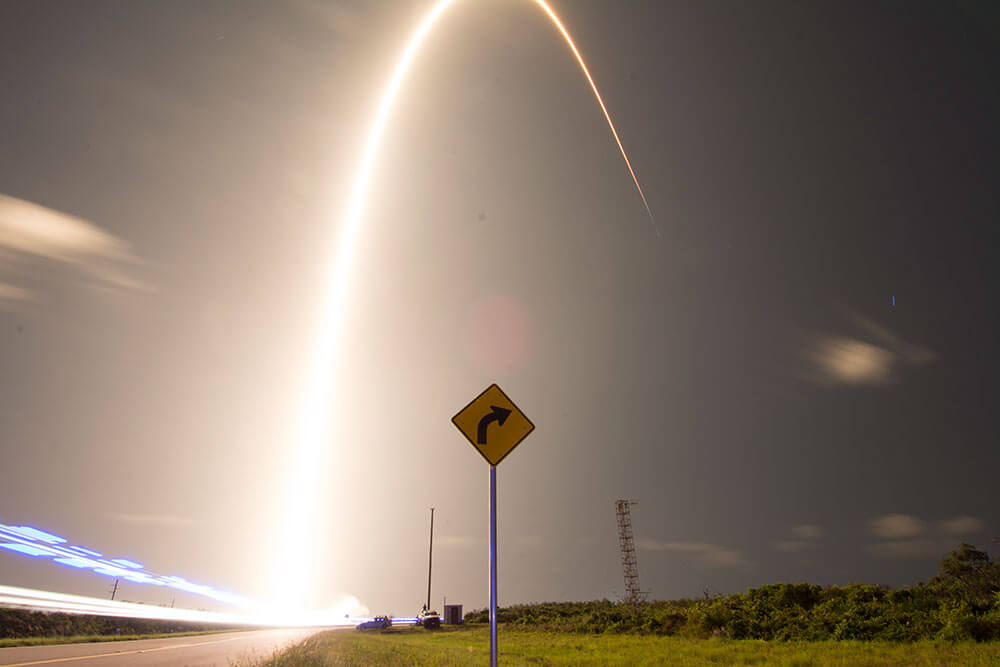
The new space concept requires the NRO to modify and improve its structure. And the NRO is already in the process of doing so. By the end of the year, the NRO director expects to have more than a hundred of these new satellites in orbit, and launches will continue until 2028. So ‘going from several dozen satellites to hundreds involves changing a lot of things, and we are in the process of doing that,’ Scolese said.


